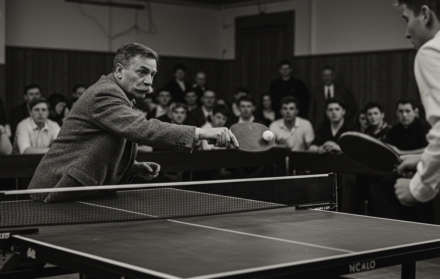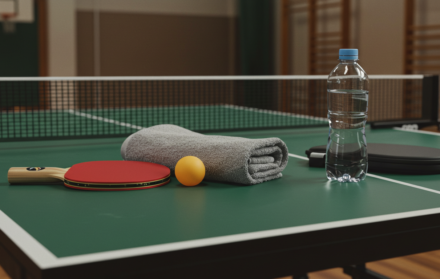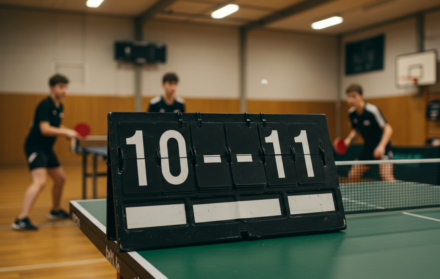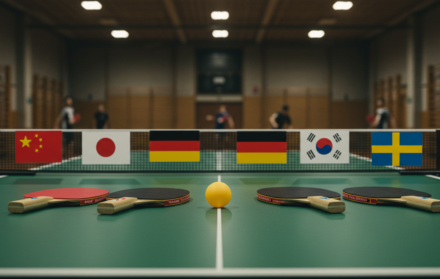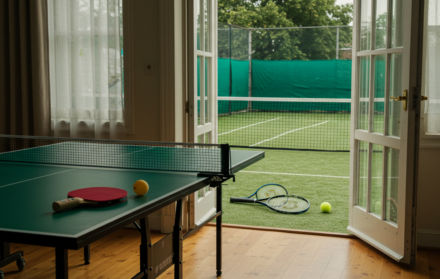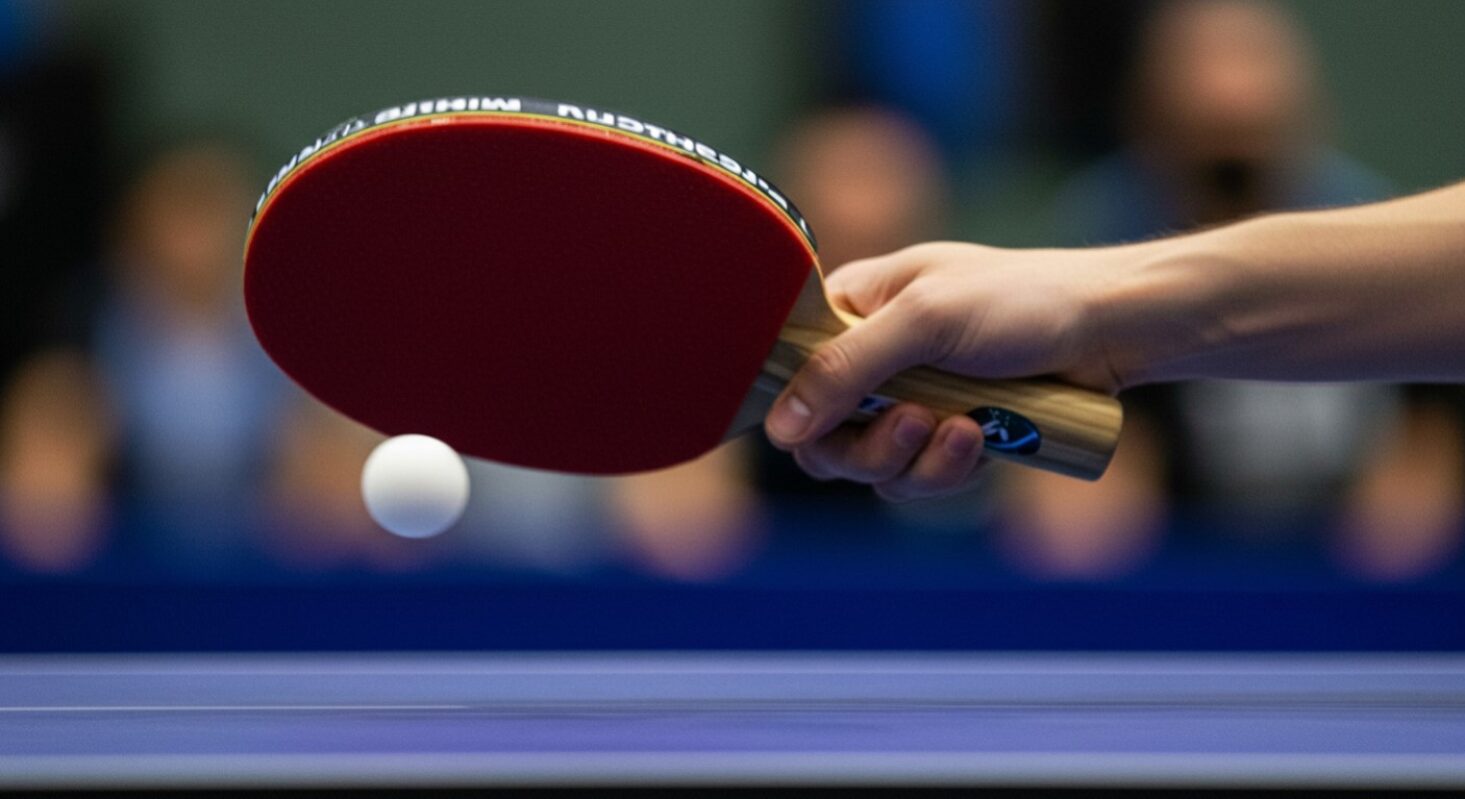
What Are the Different Table Tennis Grip Styles?
In table tennis, every shot begins with the way you hold the table tennis paddle. Grip style is the foundation of technique, and it influences everything from how you generate spin to how you control the pace of rallies. Choosing a grip is not just a matter of comfort. It determines your natural strengths, your weaknesses, and even the types of strategies that will suit your game.
For beginners, grip can feel like a minor detail, but in reality it is central to developing consistency and confidence. An improper grip can limit wrist movement, reduce control, or make it harder to produce certain strokes. On the other hand, the right grip can unlock fluid technique and efficiency.
There are several table tennis grip styles in use today, each with unique advantages. The shakehand grip is the most common, the penhold grip is favoured in Asia, and other variations like the Seemiller or hybrid grips also exist. This article explores all of them, explaining how they work, what they offer, and how to decide which grip might suit you best.
Why Grip Matters in Table Tennis
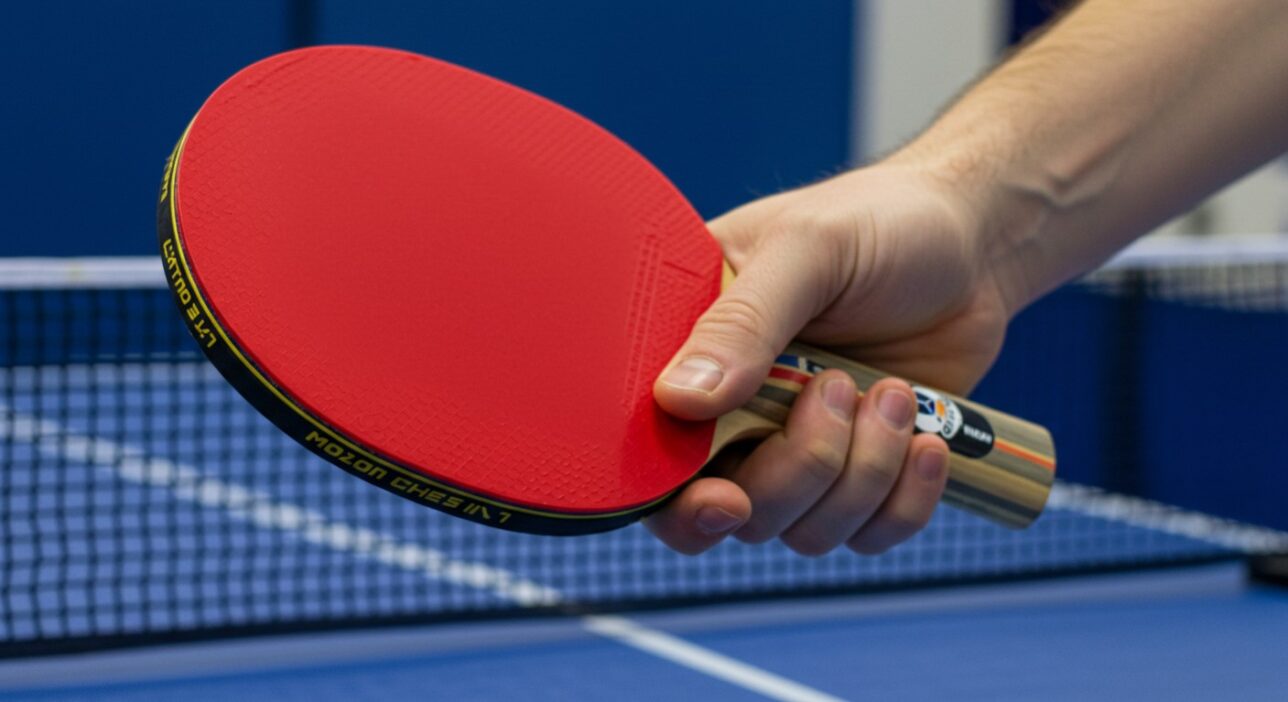
Grip is the direct connection between your hand and the paddle. It dictates how you swing, how you angle the blade, and how you control the ball’s spin. Without a proper grip, even the most talented player will struggle to produce consistent results.
From a technical perspective, grip affects stroke mechanics. A grip that is too tight reduces wrist mobility, making it difficult to generate spin or adjust angles mid-rally. A grip that is too loose causes the paddle to wobble, leading to mis-hits and poor control. The right grip balances security with flexibility, giving you the ability to play fluid strokes while maintaining precision.
Grip also determines how much spin and speed you can create. The shakehand grip, for example, offers balanced forehand and backhand strokes but less extreme wrist mobility. The penhold grip, in contrast, allows explosive wrist snaps for close-to-the-table play.
Another reason grip matters is comfort. Playing with an uncomfortable or forced grip often leads to fatigue, inconsistent results, and sometimes even injury. Building muscle memory with a comfortable grip allows you to react instinctively during fast rallies.
For beginners, establishing a consistent grip early on is crucial. Switching grips too often can slow development and create bad habits. Mastering one grip lays the groundwork for reliable technique, which can then be refined into advanced play.
Shakehand Grip
The shakehand grip is the most widely used table tennis grip style in the world. As its name suggests, it resembles shaking hands with the paddle. The index finger rests along the back of the paddle’s rubber, while the thumb curls around the front. The remaining fingers wrap naturally around the handle, giving a balanced and secure hold.
Variations
There are two main variations: shallow shakehand and deep shakehand. In the shallow version, the handle sits slightly more forward in the hand, giving extra wrist flexibility for spin. In the deep version, the handle is gripped more firmly within the palm, providing added stability and control. Players may experiment between the two to find what suits their comfort and style.
Advantages
The shakehand grip is celebrated for its balance and versatility. It allows smooth transitions between forehand and backhand strokes, making it ideal for players who like to attack and defend equally. It is especially strong for topspin rallies, blocking, and looping from mid-distance.
This grip is also the most accessible for beginners. It feels natural for those new to the sport and provides a solid foundation for learning core strokes. Its popularity in Europe and America has made it the default grip taught by many coaches worldwide.
Limitations
The main limitation of the shakehand grip is wrist flexibility. Compared to the penhold style, it offers less freedom for close-to-the-table flicks and wristy strokes. Some players also find the transition between forehand and backhand less fluid when under pressure.
Famous Players
Countless champions have used the shakehand grip, including Ma Long, Timo Boll, Jan-Ove Waldner, and Fan Zhendong. Their successes underline the grip’s ability to support all-round excellence at the highest level.
Penhold Grip
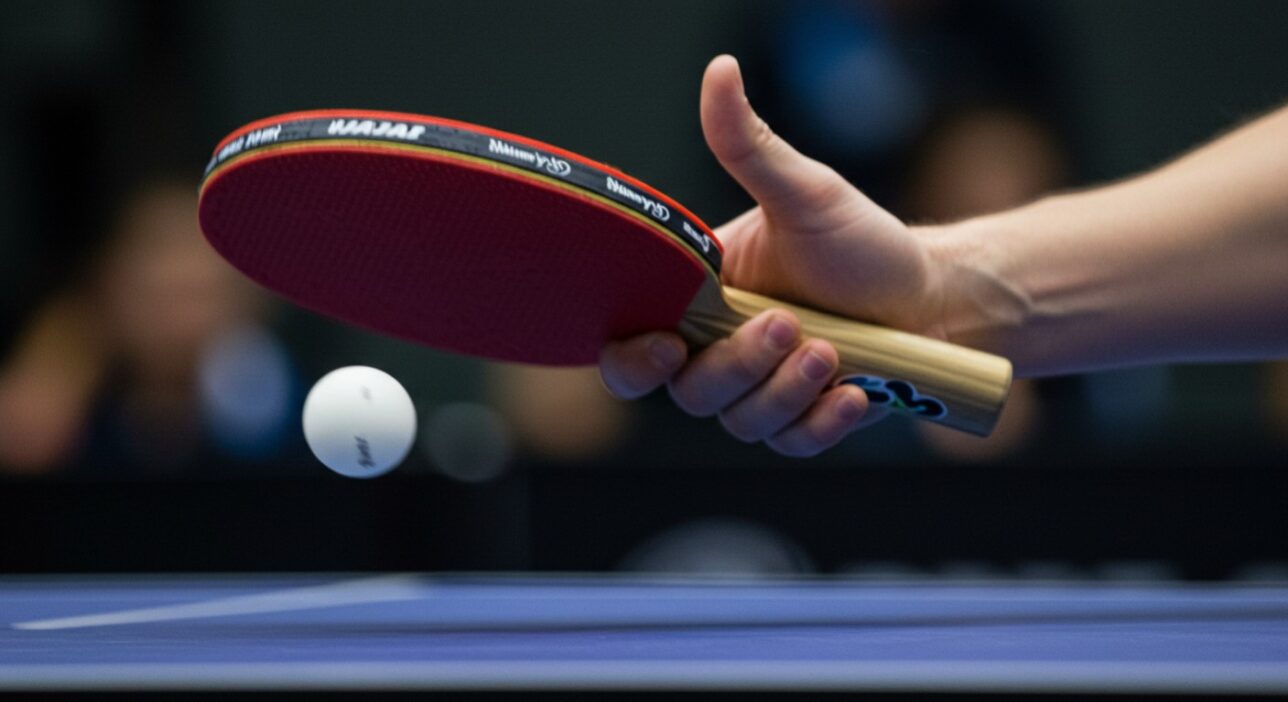
The penhold grip is another classic style, particularly popular in Asia. As the name implies, the paddle is held like a pen. The handle points downward, and the player grips it with the thumb and index finger while the other fingers curl around the back of the blade.
Variations
There are two main variations: Chinese penhold and Japanese or Korean penhold. In the Chinese style, the fingers at the back of the paddle lie flat, giving stability and allowing for the development of the reverse penhold backhand (RPB). In the Japanese and Korean styles, the fingers curl more tightly, creating extra leverage for forehand drives but reducing backhand versatility.
Advantages
The penhold grip is renowned for its wrist mobility. It allows sharp angles, quick flicks, and explosive forehand attacks close to the table. This makes it ideal for fast, aggressive play. The grip also encourages players to take initiative, stepping around the backhand side to unleash strong forehand winners.
With the development of the RPB technique, penhold players have largely overcome the traditional weakness of limited backhand options. Today, many penhold professionals combine devastating forehand attacks with consistent backhands, making the grip more complete than ever.
Limitations
Historically, the penhold grip was seen as weaker on the backhand, especially against consistent topspin rallies. While the RPB has mitigated this issue, it still requires more effort to master than the shakehand grip. Penhold also places more strain on the wrist and forearm, which can lead to fatigue.
Famous Players
Famous penhold players include Wang Hao, Xu Xin, Ryu Seung-min, and Ma Lin. Their success demonstrates the grip’s potential for aggressive, close-to-the-table play at the very highest level.
Seemiller (or American) Grip
The Seemiller grip, named after American player Danny Seemiller, is a less common but distinctive style. In this grip, the paddle is held similar to a shakehand, but the index finger is extended along one side of the blade’s edge. The thumb rests on the other side, creating a unique angle.
Origin and Uniqueness
This grip emerged in the 1970s, when Seemiller himself used it to great success, winning five US national titles. It became known as the “American grip” due to its rarity outside the United States.
Advantages
The Seemiller grip allows players to use both sides of the paddle quickly, often pairing inverted rubber on one side with anti-spin or short pips on the other. This makes it especially effective for blocking and for producing surprise changes in spin. It is also excellent for close-to-the-table play, frustrating opponents with unusual angles.
Limitations
The grip is difficult for beginners to master. Its unorthodox nature limits versatility for traditional topspin rallies, and it is rarely seen at the professional level today. Players using it often rely on defensive tactics and variation rather than all-out attack.
Players Known for This Grip
Aside from Danny Seemiller himself, few players have reached high international levels with this grip, but it remains an interesting alternative for experimental or defensive-minded players.
Other Rare or Hybrid Grips
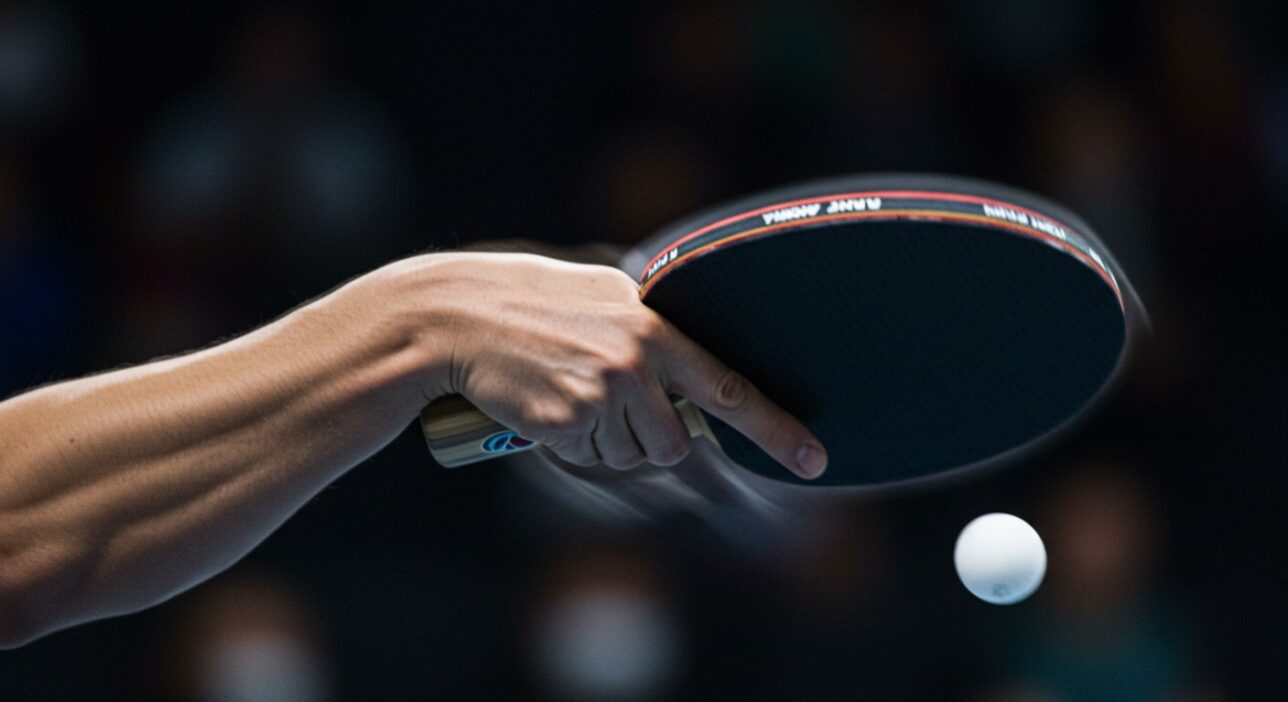
While shakehand, penhold, and Seemiller grips are the main styles, a handful of rare or hybrid grips have also appeared in table tennis.
Pistol Grip
The pistol grip involves holding the paddle in a way similar to gripping a pistol handle. It is designed for comfort and natural hand alignment. However, it has not gained wide acceptance, as it limits some stroke mechanics.
V-Grip
The V-grip is another experimental hold, where the hand forms a “V” shape around the handle. Proponents argue that it offers extra wrist flexibility and spin potential, but it is difficult to learn and rarely seen in serious competition.
Hybrid Grips
Some players create hybrid grips by blending shakehand and penhold characteristics. For example, a player may use a shakehand hold but position their fingers more like a penhold grip to gain added wrist mobility. These adaptations are often personal experiments and not formally taught by coaches.
While uncommon, these grips highlight the creativity of players searching for an edge. They may not be suitable for beginners but can be interesting for advanced players who want to explore unique styles.
How to Choose the Right Grip for You
Choosing the best table tennis grip is a personal decision, influenced by comfort, playing style, and long-term goals.
Playing Style
If you enjoy attacking with topspin from both wings, the shakehand grip is often the best choice. If you prefer explosive forehand attacks and close-to-the-table play, penhold may suit you better. Defensive or experimental players might explore the Seemiller or other rare grips.
Comfort
Your natural hand position is a strong guide. Try each grip and notice which feels most secure and relaxed. A grip that feels forced or awkward is unlikely to work in the long run.
Experimentation
Beginners should not lock themselves into one grip too quickly. Trying multiple grips during the early stages of learning helps you discover what feels natural. However, once you choose a grip, stick with it to build consistency. Switching styles too often can slow progress.
Ultimately, the right grip is the one that lets you play comfortably, confidently, and effectively.
Tips for Practising Your Grip
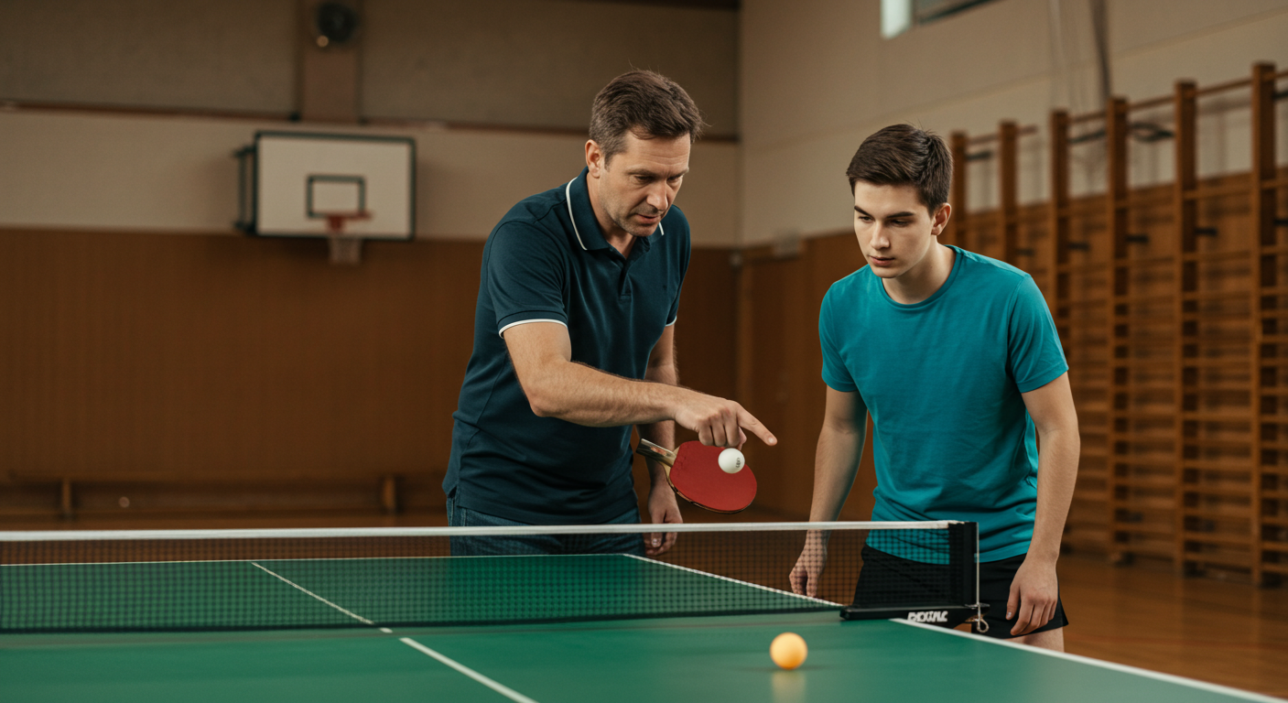
Once you have chosen a grip, practising it consistently is key.
-
Start with simple drills like forehand and backhand drives, focusing on maintaining the same grip throughout.
-
Avoid gripping the paddle too tightly, which restricts wrist movement.
-
Practise adjusting grip pressure depending on the shot. Looser for serves and spin shots, firmer for blocks and smashes.
-
Use multiball practice to reinforce grip muscle memory under pressure.
These exercises build comfort and ensure that your grip feels natural in matches.
Common Mistakes Players Make with Grip
Many players make errors with their grip that limit improvement. Common mistakes include:
-
Switching grip styles too often, which prevents the development of consistency.
-
Holding the paddle too tightly, leading to tension and restricted wrist mobility.
-
Holding it too loosely, which causes mis-hits and poor control.
-
Ignoring coach guidance or trying to copy professional players’ grips without understanding the technique.
Avoiding these mistakes ensures steady progress and allows your chosen grip to support your growth.
Conclusion: Uncovering Different Table Tennis Grip Styles
Table tennis grip styles form the foundation of the game. The shakehand grip offers balance and versatility, the penhold grip provides explosive close-table attacks, and the Seemiller grip gives unique blocking angles. Rare or hybrid grips exist too, though they are less common.
There is no single best grip. The right choice depends on your style, comfort, and goals. Beginners should experiment, then commit to one grip to build consistency. With time, the grip becomes second nature, allowing your focus to shift to tactics, footwork, and strategy.
Grip is not just how you hold the paddle. It is how you connect to the game itself. By choosing and mastering a grip that feels right, you set the stage for long-term improvement and enjoyment in table tennis.
